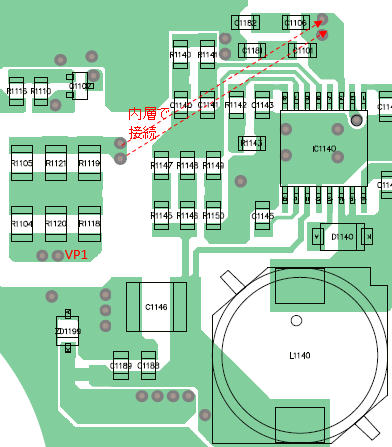Please let me know about two points below of LM5574 maximum rating.
①Is there spec information of SW to GND transients?
For example, LM46000 datasheet page-4 described "SW to PGND less than 10ns Transients". (see below)
Customer want to know SW to GND transient spec of LM5574, too.
※Background is below, undershoot is -3.1V.
②LM5574 datasheet page-3 is described "SW to GND (Steady State)".
What mean of steady state?
Is this condition include undershoot?
Best regards,
Satoshi





